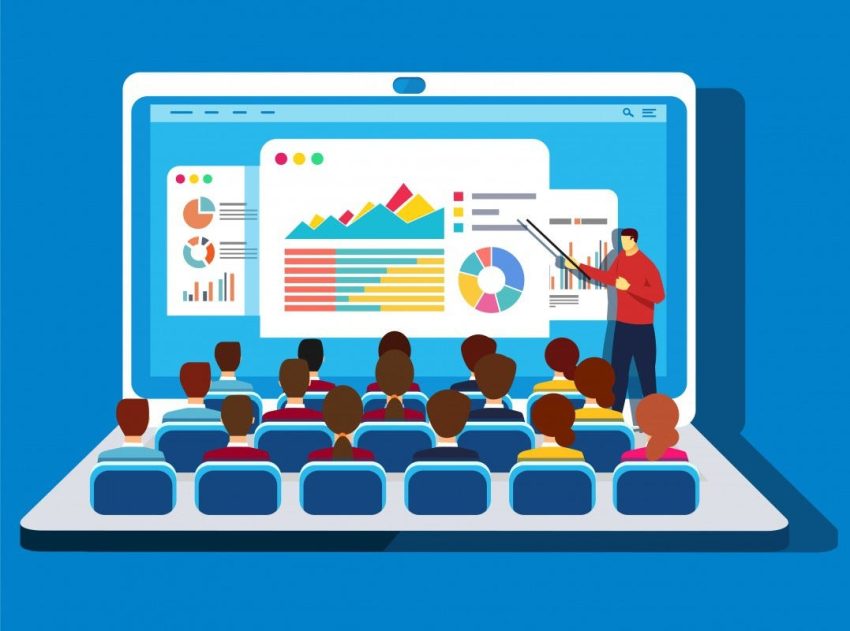Learning and education are never-ending, and there is no need to set any limitations on when it can begin and end. Every day, we are learning new information that aids us improve our lives. Information is derived from education and we utilize the gathered data to improve our lives. Education should be accessible anytime and at any point so that someone working or a housemaker. can be able to read at anytime and at any point of their choice . This can help reduce the amount of people who are illiterate.
Information Technology fastens the delivery of information, which can be a great tool for improving the learning environment. The cost of studying materials is reduced due to the use technology of Information Technology. This technology can be a blessing for all students since learning is accessible from any location around the globe.
1. Plenty of Educational Assets
Technology has made information about academics easily accessible anywhere, at any time. Students and teachers use Information Technology to share and collect information about their studies. Teachers for instance, provide audio-visual instruction for their students using computers as well as broadband internet.
This is breaking the rules of accessing information as the student is capable of attending lectures without aving their presence known within the class. Additionally, it allows teachers to assign assignments for students to complete via email or online educational forums.
2. Access to Information on Education in a Flash
It speeds up the distribution and transfer of information. Students can access their academic information by making use of technological devices like computers and mobile phone apps. Educational apps were designed by Information Technology experts to be suitable for students’ usage to enable them to gain access to information quickly.
They’re replacing methods of school, like taking books out of libraries however, these days, students have access to libraries on their phones thanks to Information Technology. You can download ebooks from the online library and read them at any time and from wherever. In this manner it is less time-consuming for students to visit the library to look for and get books.
3. Learning in full-time
The entire situation has changed from the previous. In the past learning was restricted however, now technology has overcome the obstacles. In the present, teachers and students could only use the classroom for learning, but every one of them have access to information about their academics at any time. It doesn’t matter the location is or when they are! Information Technology has played an important part in the education field by providing online education.
Globalization is gaining momentum in any educational platform students are taking classes across the globe. You can meet students from Africa as well as the USA as well as India in a virtual class in the same class.
4. Group Learning
Information Technology has helped students learn in groups, and has also assisted teachers instruct the students within groups. In the past we used to hold GDs in institutes or schools where all participants have to be involved, but the shy students stayed away from these groups due to the fact that they are afraid to express themselves. Schools have therefore created academic forums through the use of Information Technology.
Students are able to discuss the subject they are interested in without fear of expression, and participate in text and video chats. Another benefit of on-line GD is that the participants are in the same school or class and from different schools across the globe. For instance, a student from a country such as India, Africa is joining discussion groups of students at Cambridge University.
5. Use of Audio – Visual
Because of technological advancements, learning as well as perception of data has changed. Students learn faster and more effectively when audio-visual tools are utilized to impart education. Students get bored during this kind of education in contrast to notes on chalkboards and text. Human nature has a flaw that people do not wish to sit down and read for prolonged periods as they are bored. Therefore, using audio-visual technology in classrooms helps students be more effective in their learning.
Since some of these images are fascinating and appear familiar to students visual illustrations using images projected onto projectors can help students comprehend the topic. Drawings that are graphically appealing are easier to our brains than words. This is the reason how you can remember faces but not their name.
6. Learning at Long Distance
Students can take classes from any place around the globe thanks to the advancements in technology. This was made possible through the availability of cheap broadband internet, both in developed and developing nations. In the past, where some courses were only offered in countries with high-end infrastructure students were required to endure the hassle of moving out of their country of origin and paying a prohibitively high cost.
These courses are now offered to students online. Additionally, a number of colleges have made their academic curriculum accessible to all of the world. In the end, students can be a part of the institution at an affordable cost. Additionally, they are able to take the same tests and get the same teachers to give them grades.




